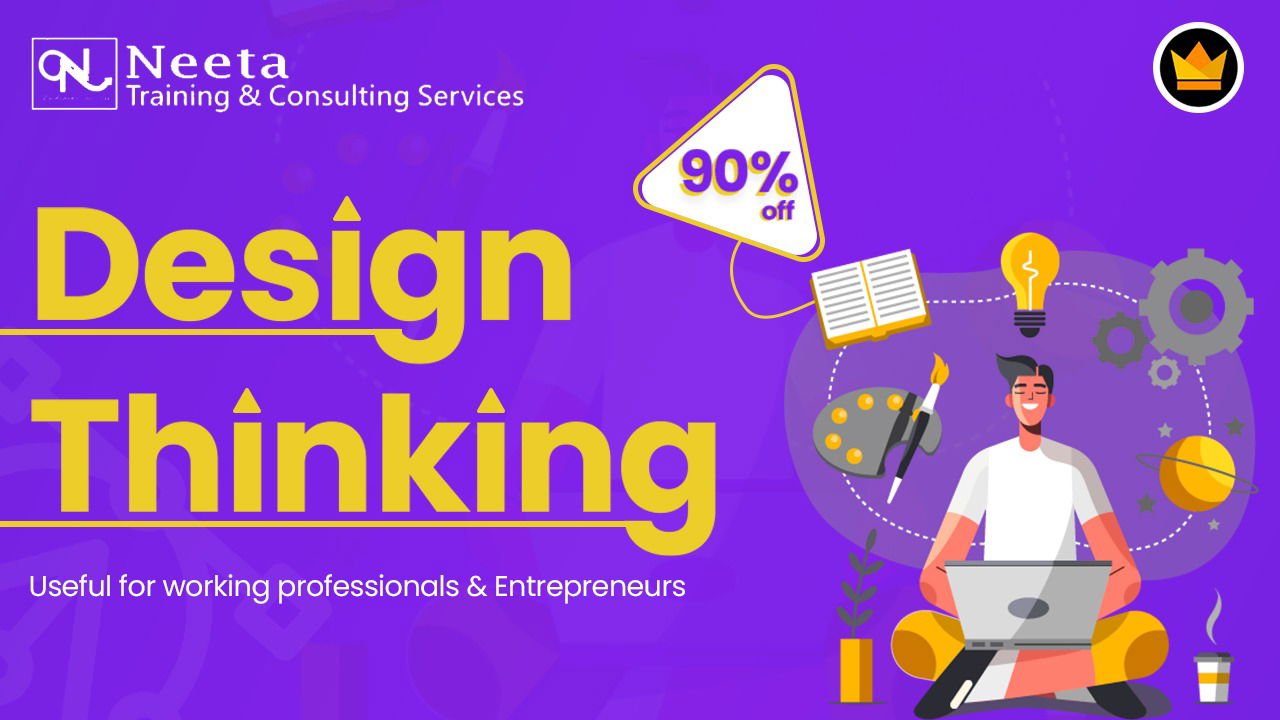New Arrival
Design Thinking
This course is mainly useful for working professionals & Entrepreneurs who would like to bring positive changes in their product or services to gain better success and growth. Design thinking 8 days w...
- All levels
- English

Course Description
This course is mainly useful for working professionals & Entrepreneurs who would like to bring positive changes in their product or services to gain better success and growth. Design thinking 8 days workshop will give you practical insights of designing by understanding real problem redefining of the problem after proper reaserch, finding solution developing prototype testing it & then again redes...
This course is mainly useful for working professionals & Entrepreneurs who would like to bring positive changes in their product or services to gain better success and growth. Design thinking 8 days workshop will give you practical insights of designing by understanding real problem redefining of the problem after proper reaserch, finding solution developing prototype testing it & then again redesign or modify based on outcomes. All the stages & processes covered deeply along with lot of case studies & real life examples of different successful brands & other initiatives where design thinking approaches implemented.
See more See lessWhat you’ll learn
- Case study of Oral-B (How it used design thinking to increase
- Process of design thinking.
- Understanding customer pain points.
- Increasing sales through empathy.
- Three tools to understand the customer. • Observation. • Immersion. • Conversion.
- Design your own customer research. • Tools. • Questionnaire. • Stakeholders. • Teams.
- Research synthesis - analysis and outcomes.
- How to make product usage convenient?
- Targeting the specific problem statement. (How did a vada pav making company prepared the problem statement and why it was important for them?)
- Outsmart motivation through design.
- Rules for creative ideation.
- Do's and don'ts.
- Idea clustering and development.
- Developing a prototype with little investment. • 3 techniques to develop a prototype • How does McDonald's make a burger in 30 seconds
- Testing and feedback of the product
Covering Topics | Program Insights
Why do we need design thinking in our life?
Design your life to make better choices
Design is about solving problems — in this case, you are solving your own problem:
How should you invest your time?
How will you achieve your dreams?
Design thinking can help you choose between options and maximize the outcome of your time and effort.
Stage 1: Empathize—Research Your Users' Needs.
Stage 2: Define—State Your Users' Needs and Problems.
Stage 3: Ideate—Challenge Assumptions and Create Ideas.
Stage 4: Prototype—Start to Create Solutions.
Stage 5: Test—Try Your Solutions Out.
Curriculum
Frequently Asked Questions
This course includes
- Lectures 8
- Duration 5.3 Hour
- Month 1 Month
- Language English
- Certificate Yes
Education Provider
More Courses

Leadership Skills
- ₹ 700

Business Story Telling
- ₹ 999

Public Speaking
- ₹ 1000

Video Influencing
- ₹ 999

